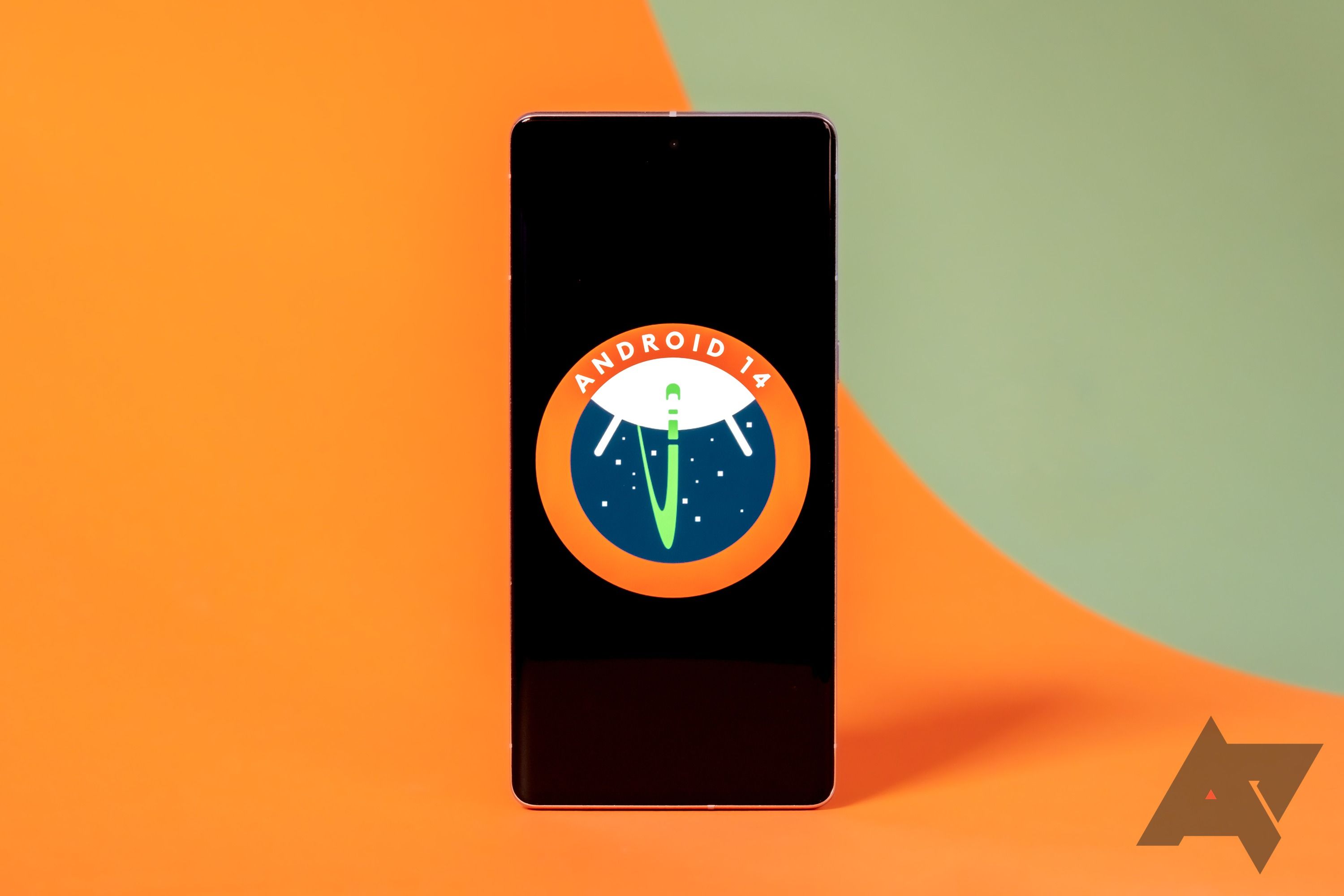The first beta release of Android 14 was riddled with bugs, so Google quickly dropped Beta 1.1 to fix the most egregious errors. There were still plenty of problems, but most of those were addressed when Android 14 Beta 2 was sent out during Google I/O 2023. Just over two weeks later, Google is back at it with the release of Android 14 Beta 2.1, adding a touch of polish to what has been a somewhat rocky development cycle so far.
Google announced the update on Reddit today for eligible Pixel phones enrolled in the beta program. The new version has a build number of UPB2.230407.019 and brings the May security patches to Pixel 6, 6 Pro, and 6a devices on Verizon, which were previously stuck on the April security update.
The release notes aren't particularly exciting for this version, but they do include fixes for a bug that was preventing some users from opting out of the beta program. If you've been experiencing problems getting your Pixel off the beta, you'll have to update to Android 14 Beta 2.1, then remove your lock screen protection before opting out.
-
Fixed an issue that prevented users from completing device setup after opting a device running an Android 14 beta build out of the beta program. However, this fix is not backward compatible, so users that want to opt out of the beta program should take the following steps before opting out:
- Update the device to Android 14 Beta 2.1, either through the over-the-air (OTA) update prompt, or by downloading an OTA image and then applying the update manually.
- Reset the pin, pattern, or password that's used on the device by navigating to Settings > Security & privacy > Screen lock. You can use the same pin, pattern, or password that was used previously, but you need to go through the setup flow.
- Opt out of the beta program by following the instructions listed for the "How can I opt out and return to a public Android release" question in the FAQ section of the Android Beta Program page.
- Fixed more issues that could cause the battery percentage to display as 0% regardless of the actual charge level of the device. (Issue #281890661)
- Fixed issues that sometimes caused audio disruptions with the device's speakers. (Issue #282020333), (Issue #281926462), (Issue #282558809)
- Fixed system stability issues that could cause apps or the device to freeze or crash. (Issue #281108515)
- Fixed an issue with always-on-display mode when using a device with Android Auto. (Issue #282184174)
- Fixed an issue that sometimes caused the Google Photos app to crash when trying to open certain photos.
- Fixed an issue where, while gesture navigation was enabled for a device, putting a video into picture-in-picture mode in the Google TV app made the picture-in-picture window disappear, even though playback continued and audio could still be heard.
- Fixed an issue that caused the Google Contacts app to crash when managing account settings.
- Fixed an issue where the icon for the Google Messages app did not display for notifications when always-on-display mode was enabled.
It's worth noting that there's still an ongoing beta program for Android 13 QPR3, which should be released as a stable update next month in the form of the June Pixel Feature Drop. People who are enrolled in that beta program will be offered the Android 14 Beta 2.1 update, so be careful not to accept it if you're planning on sticking with Android 13. If there is another test version of Android 13 QPR3 after last week's Beta 3.2, it will replace the pending Android 14 Beta 2.1 OTA in your system settings once it becomes available.
Meanwhile, the Android 14 beta program has been expanded to include phones from manufacturers like Xiaomi, Nothing, and Vivo. But we found that the beta build was considerably more buggy on non-Pixel phones, so it's probably not something you'd want to install on your daily driver.
For those of you who are enrolled in the Android 14 beta program, you can get Beta 2.1 by heading to Settings -> System -> System update, then tapping Check for update. However, Google's seamless updates system tends to make these types of updates take forever, so it's usually faster to use Android Flash Tool to install the factory images or sideload the OTA.

